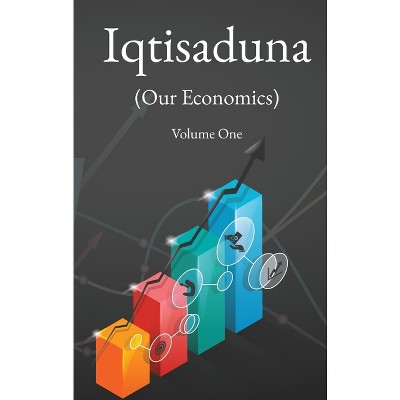Sponsored

Kabul Under Siege - by Fayz Muhammad (Paperback)
In Stock
Sponsored
About this item
Highlights
- In January 1929, the reigning monarch of Afghanistan, Amir Aman Allah Khan, was driven from his capital by a former soldier turned outlaw.
- Author(s): Fayz Muhammad
- 322 Pages
- History, Asia
Description
Book Synopsis
In January 1929, the reigning monarch of Afghanistan, Amir Aman Allah Khan, was driven from his capital by a former soldier turned outlaw. The uprising was a response to the ruler's attempts to modernize the tribal culture of Afghanistan. Kabul, then as now, was of considerable symbolic importance, and its loss sounded the death knell to the king's power and his reforms, much as the defeat of the Soviet-backed government in 1993 spelled the end of Marxist power in Afghanistan as well as its efforts at reforming this unyieldingly tribal society.
Until now, there has been no account of the nine-month rule of the outlaw-king, Habib Allah, nicknamed "Son of the Watercarrier," from inside the capital. This account of the occupiers' extortion, confiscation, and the resulting hardships, as well as the actions of those who resisted, is a timely reminder of the drama being played out in Afghanistan today. This edition is also illustrated.
Review Quotes
"[R. D.] McChesney has provided a useful and readable translation of Fayz Muhammad's Kitab-i Tazakkur-i Inqqilab (Memoirs of the Revolution), one of the only accounts of the Saqqaoist regime in Afghanistan to be written by an eyewitness observer of the events that took place in Kabul in 1929 ... He has scattered helpful commentaries and maps throughout Kabul Under Siege and included glossary for those unfamiliar with various Persian and Pashto terms ... an excellent and useful translation." - Harvard Middle East and Islamic Review
"This journal-based memoir, written by partisan anti-Tajik historian Fayz Muhammad ... is the first-hand participant-observer account of civil unrest during the nine-month rule of Habib Allah Kalakani ... McChesney clarifies ... these events [masterfully], detailing Afghanistan's sociopolitical history and Fayz Muhammad's writings. The memoir documents Tajik military assaults on Kabul, political consolidation, resistance movements, Tajik-Hazarah fighting, and executions. Depicted starkly are complex, tumultuous ethnic-religious and internecine politics, gender violence, plundering, property confiscation, assassination plots, atrocities, and coalescing tribal opposition to Habib. The memoir ends abruptly on [August 28], but McChesney competently updates the uprising through Habib's capture and execution on [November 1, ] 1929." - Religious Studies Review
Shipping details
Return details
Frequently bought together

Trending Non-Fiction






Discover more options
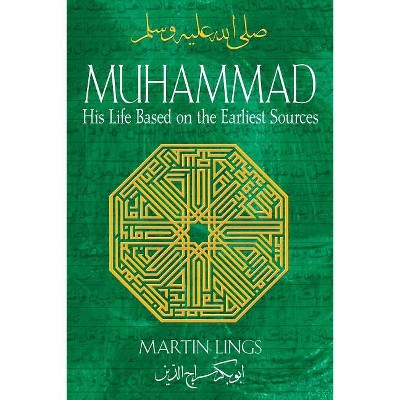

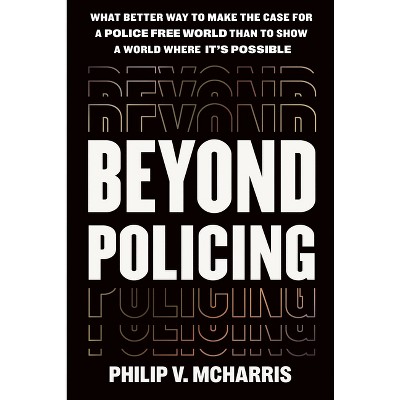
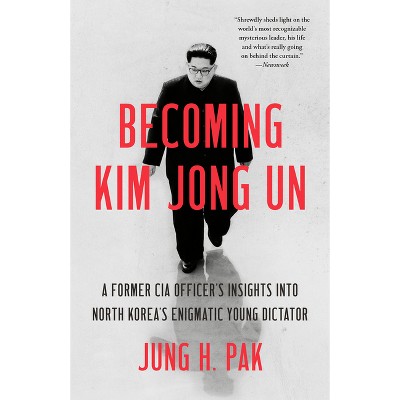
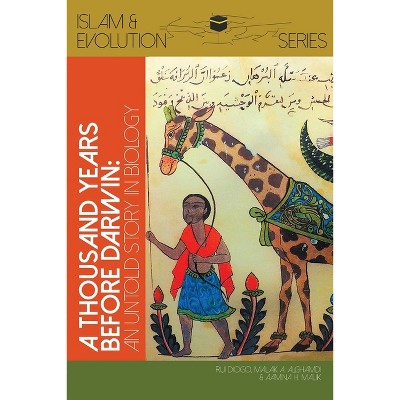

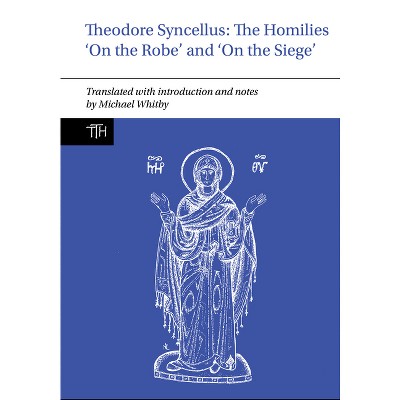

![The Life of Prophet Muhammad [PBUH] - THE GIFT OF DUROOD AND SALAAM - by Mufti Zakariyya Makada (Paperback)](https://target.scene7.com/is/image/Target/GUEST_2dc9fb41-1cd0-429c-882e-9eb9a050c367)

